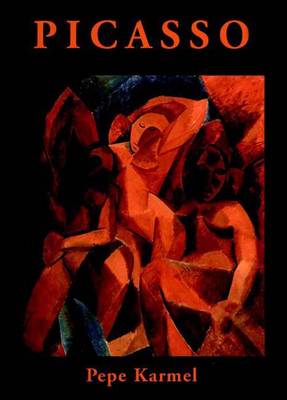This work seeks to transform our understanding of Cubism, showing in detail how it emerged in Picasso's work of the years 1906-13, and tracing its roots in 19th-century philosophy and linguistics. Linking well-known paintings and sculptures to the hitherto-ignored drawings that accompanied them, Pepe Karmel demonstrates how Picasso's quest to depict the human body with greater solidity led, paradoxically, to its fragmentation; and how Picasso used the archaic model of stage space to free himself from conventional perspective, replacing the open window of Renaissance painting with a new projective space. Rejecting the usual distinction between "analytic" and "synthetic" Cubism, Karmel shows how Picasso's changing artistic goals were realized in the crystalline Cubism of 1907-09, the gridded Cubism of 1910-11, and the planar Cubism of 1912-13. In other chapters, Karmel discusses the empiricist philosophy championed by Hippolyte Taine, which encouraged the breakdown of painting into its abstract elements, and laid the groundwork for an art of mental association rather than naturalistic figuration.
Similarly, contemporary philology provided the model for a visual language employing both metaphoric and metonymic (but not arbitrary) signs.
- ISBN10 0300094361
- ISBN13 9780300094367
- Publish Date 11 October 2003
- Publish Status Out of Print
- Out of Print 22 September 2014
- Publish Country US
- Imprint Yale University Press
- Format Hardcover
- Pages 248
- Language English
